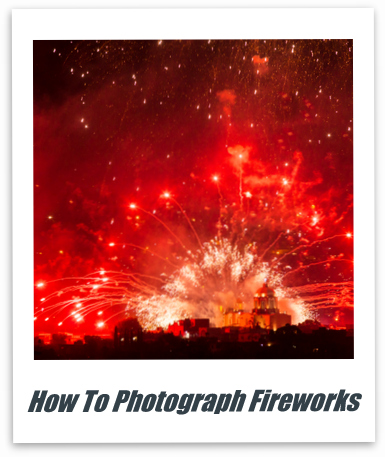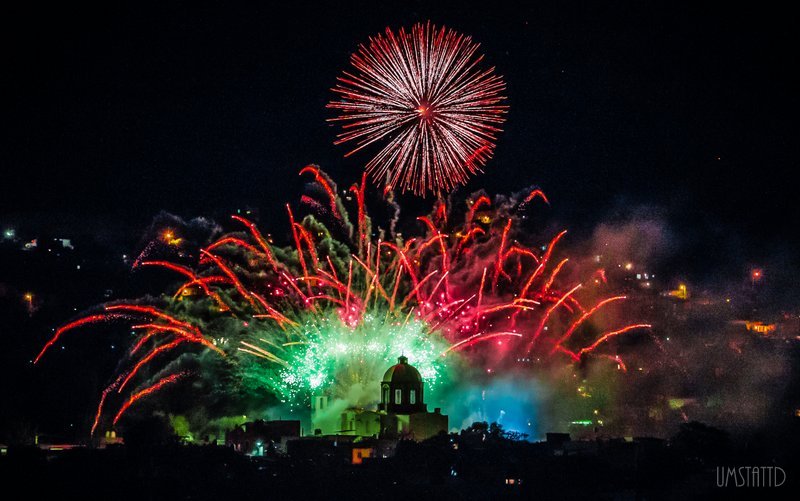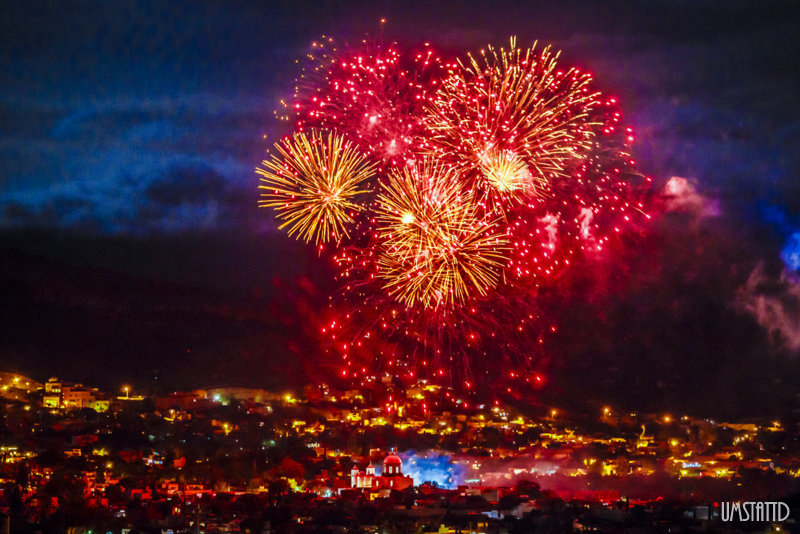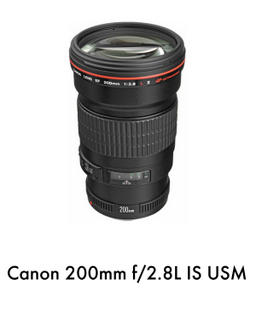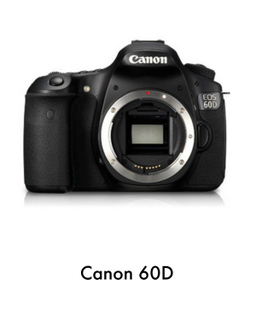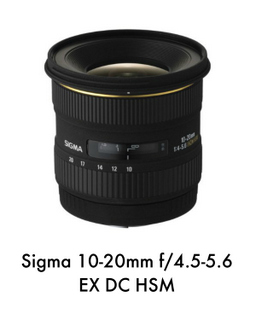How to Photograph Fireworks
And Blow Away The Competition
By Scott Umstattd
Photo credit, Scott Umstattd
Do you want to know how to photograph fireworks that will make your friends and family respect the heck out of your photo skills? Or maybe, you want to photograph fireworks just for the challenge alone.
Whatever your reason for wanting to photograph a fireworks display, I’ve put together a simple list of tips that will help you capture what your eyes are seeing.
Many people think that photographing fireworks is hard. In actuality, it’s not that hard. Everything that goes into making a powerful picture applies when taking pictures of fireworks. Read on to learn how to photograph fireworks that amaze.
Location. Location. Location.
To get an iconic shot of fireworks the most important thing you can do aside from pressing the shutter button is to put you and your camera in the best possible location. This means that you may want to be farther away from where the fireworks are being launched or where the crowds have gathered to enjoy the spectacle.
Location is important because where you place yourself and your camera determines what other elements are seen in the picture.
If you live in a city you can use buildings, water, bridges or trees to give your viewers a bigger banging picture. If you live in the country your best bet may be to use trees or an open field to help set the scene.
If you are learning how to photograph fireworks, this simple tip may be the one that makes your pictures stand out.
Composition Is Key
Photo credit, Flickr: Scott Umstattd
As with every photograph you take, how you compose your shot will determine whether it is just another picture of fireworks or a stellar shot that makes people respect your mad skills.
Simple composition components include where you place the bridge, buildings or trees in your shot.
It’s nice to have some trees in the foreground but don’t let those trees dominate your frame. Ideally, your secondary subjects in a fireworks photo will be positioned away from the center of your picture.
Don’t put the buildings smack dab in the middle of your shot. Move your camera ever so slightly so that your secondary subject is appropriately off center.
Wider Can Be Better
When learning how to photograph fireworks you will eventually come to the conclusion that a wide angle lens will give you better results than a longer zoom lens.
If you use a long zoom you have to be dead on in your anticipation of the action. A wider lens will help you capture more of what is going on without having to be so precise.
Use Fireworks To Light Another Subject

Photo credit, Flickr: colink.
While you will be shooting fireworks at night you are not necessarily shooting in a low light situation.
If you have positioned yourself in a place using building, trees or other objects to help define the scene let the light emitted from the fireworks be the light that exposes an otherwise dark/unseen object.
Focus on something other than the fireworks and you will be surprised at how these dark or otherwise unseen objects are depicted when they are lit up.
Use A Low ISO - Noise Is For Your Ears, Not Your Eyes
Photo credit, Scott Umstattd
As with many low light photographs, it is very tempting to simply increase your ISO to catch more light with your camera's sensor. And this can often times work well. But understand that as you increase your ISO you are increasing the noise in your pictures.
A lower ISO will ensure that less noise (digital static) is present in your pictures. With a high ISO the dark night sky could come out looking digitized and effectively distracting for your viewers.
Newer cameras handle higher ISOs better and better each year. You need to take some test shots prior to shooting so that you know how well your camera handles higher ISO settings.
Use A Tripod
With a longer shutter speed, every move you make is recorded in the final image. If you are using a longer shutter speed use a tripod. This will ensure that your camera doesn’t move and that your background and foreground objects remain sharp.
An extra step you can take to ensure that you don’t make the camera move when you press the shutter is to use a trigger release.
This will allow you to open the shutter without touching the camera.
This little device will not only help you as you learn how to photograph fireworks, it will help you when you are taking pictures of anything that require absolutely no movement from the camera.
Focus And Expose Your Shots In Manual Mode
Photo credit, Scott Umstattd
Your camera is smart and quite often it can find the right exposure settings for you. But when you are taking pictures of fireworks your camera will make decisions for you that may not give you what you need. Set your aperture to f/8 (or in that neighborhood) and you should be OK.
If you are taking your pictures a good distance away from the fireworks you can set your focus to infinity and forget about.
In order to get the streaming action that fireworks create, use a shutter speed that lasts half a second (shutter speed will need to vary based on other lighting conditions, ie. street lights, sunset, etc).
This is another area where you will have to try several different settings until you get it right. Remember, with longer shutter speeds you have to use a tripod to keep everything steady and in focus.
You are smarter than your camera. You can learn how to photograph fireworks. Your camera cannot.
Anticipate The Action
Photo Credit: Scott Umstattd
As the fireworks show progresses you should get a good idea of how far the fireworks are going into the air. You can also watch carefully to see when the fireworks launch.
As with sports photography, you have to think ahead of the action. When you know how high the fireworks are going you can be prepared by having your camera and lens focused in the general area where the explosions will take place.
Watch For Smoke
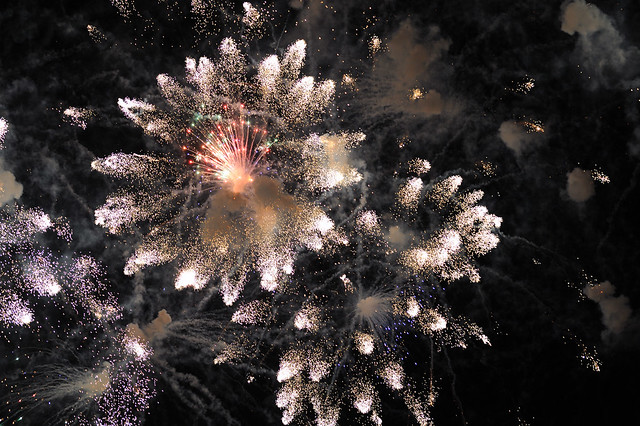
Photo credit, Flickr: Guus Krol
Fireworks blow up. And when things blow up they create smoke. The “cleanest” pictures of fireworks will be found very early in the display.
As more and more fireworks explode, more and more smoke will cloud the sky.
To get pictures that are smoke free, get your winning shots in the first explosions.
But don’t fret if you missed the first round of fireworks. You can use the accumulated smoke to your advantage as the light emitted from the explosions will be caught by the smoke.
This can help to give your picture more drama. If there is any amount of wind try to get upwind of the smoke so that the smoke does not become the subject of all of your pictures.
Don't Use A Flash
There’s no point in using a flash.
Your in-camera flash won’t make it to the explosion and an even if your external flash does reach that far it will likely emphasize the smoke rather than the flares from the fireworks.
Plus, batteries are expensive. Save your flash for another day and another assignment.
Take A Lot Of Pictures
Just like with sports photography, you have to take a lot of pictures to get “the one” that is a winner.
Take a lot of pictures to ensure that maybe one of them is one that will blow away the competition and your friends.
Delete the bad pictures.
Don’t keep hundreds of bad pictures on your hard drive. They take up space that can be used later by better pictures later.
Be Patient
Don’t freak out if your first round of pictures don’t turn out. Be patient and keep shooting. Use the photo techniques described here as you work to get that killer shot. Don’t give up!
An Explosive Video Explanation
Here’s a video from Adorama that explains how to photograph fireworks.
Fireworks Photography Tips Review
- Location - find a spot that amplifies the scene.
- Composition - do your best to balance what is within your frame.
- Wide Angle - to make sure you get it, use a wider angle lens.
- Light Other Things - use the light from fireworks to light other objects.
- Low ISO - keep the noise in the sky, not in your pictures.
- Use a Tripod - a slower shutter will show your movements.
- Shoot Manual - you are smarter than your camera.
- Anticipate - wait, watch, then shoot.
- Watch for Smoke - smoke can help or hurt your pictures.
- No Flash - there's no point.
- Shoot A Lot - don't expect to take three pictures and walk away with winners.
- Be Patient - expect failure.
- Break the Rules - do things that don't make sense and see what happens.
Learning how to photograph fireworks can be a lot of fun. I mean, you get to see and hear fireworks while learning: pretty cool way to learn.
As with most things in life, practice makes perfect.
If that means that you have to drive around the country looking for local festivals to get in some target practice then that just adds to the fun of learning how to photograph fireworks.

